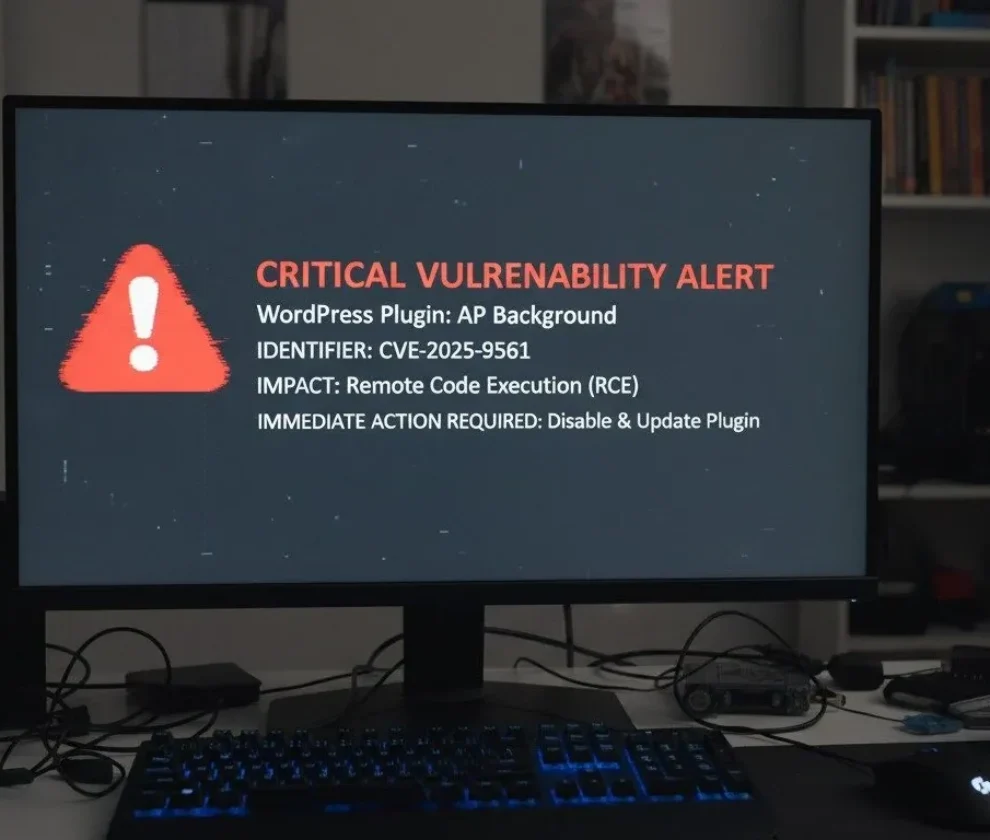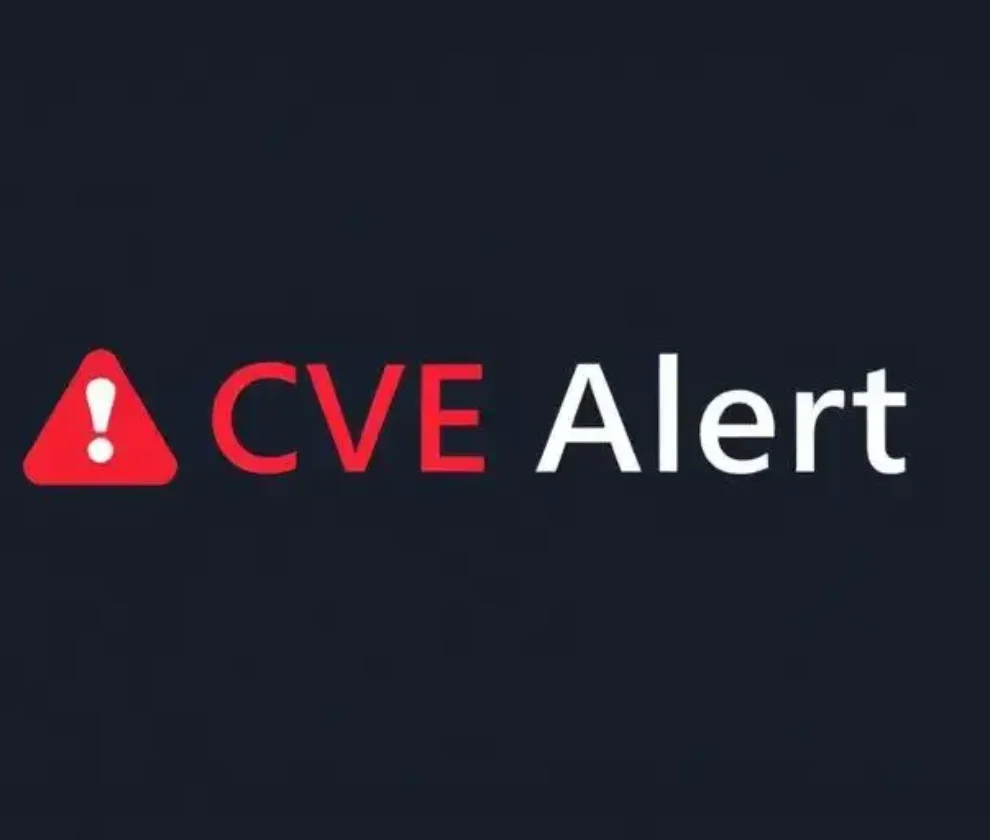Shielding Your Data from Cyber Threats
The rapid expansion of the digital world has brought unprecedented convenience, but it has also paved the way for a surge in cyberattacks. As we step into 2025, ransomware and other malicious cybersecurity threats are more sophisticated and rampant than ever, leaving businesses and individuals vulnerable. Understanding these threats and taking proactive measures is no longer optional—it’s essential. In this article, we will delve into practical steps and expert insights to protect your data effectively from contemporary cyber threats like ransomware and data breaches.
Understanding Ransomware
Ransomware is a type of malicious software that encrypts a victim’s files, effectively locking them down until a ransom is paid to the attacker. This type of cyberattack has become a lucrative business for criminal groups such as RansomHouse, who target organizations and individuals worldwide for financial gain. Recent high-profile incidents, like the ransomware attack on ASKUL, reveal the devastating impacts these cybercrimes can have, from financial losses to the exposure of sensitive personal or corporate data.
“In 2025, ransomware attacks are estimated to account for a significant portion of the global $10.5 trillion cybersecurity damage forecast by Cybersecurity Ventures.”
Primary Targets of Cyberattacks
Many may think that only large corporations are targeted by cybercriminals, but the reality is far more varied. Organizations in sectors such as healthcare, technology, and services are often prime targets. Small and medium-sized enterprises (SMEs), which typically lack advanced cybersecurity resources, are especially vulnerable. The ASKUL incident in 2025 underscores one critical fact: no company, regardless of its size or industry, is impervious to these threats.
Far-Reaching Consequences of an Attack
The aftermath of ransomware attacks is multifaceted and severe. Victims face not only crippling financial losses from ransom payouts or operational downtime but also irreparable damage to their reputations. Many organizations also fail to regain their data entirely, even after paying the cybercriminals. It’s a costly spiral that reinforces, yet again, that prevention is far cheaper and more effective than remediation.
How to Safeguard Your Data
1. Regular Data Backups
Consistently backing up your data is the simplest and perhaps most effective measure you can take to counter ransomware. Store backups offline or in secure, cloud-based environments not accessible through the main network.
2. Keep Software Updated
Outdated software is one of the most common entry points for cyberattacks. Regularly updating all your systems ensures security patches are applied, addressing vulnerabilities before they can be exploited.
3. Employee Training
Human error remains a leading cause of cybersecurity breaches. Conduct frequent training sessions to help employees recognize phishing attempts, malicious links, and other common tricks employed by hackers.
4. Utilize Advanced Security Solutions
Implementing sophisticated security systems like Endpoint Detection and Response (EDR) solutions can detect, respond to, and mitigate threats in real time. These advanced tools are invaluable in stopping an attack before damage is done.
5. Monitor and Audit Network Activity Regularly
Conducting regular audits and keeping an eye on network activity can help in identifying unusual patterns, which might indicate a breach in progress.
The Road Ahead
As our lives and businesses become increasingly interconnected, safeguarding digital data has become a cornerstone of modern responsibility. Whether you’re a small business owner or a tech hobbyist, the awareness and implementation of robust cybersecurity practices can make a monumental difference. Staying vigilant and proactive is the key to reducing risks posed by ransomware attacks and other cyber threats.
If you require tailored guidance or assistance in fortifying your organization’s cybersecurity, our team of specialists at Lynx Intel is here to help you mitigate these risks and safeguard your data in today’s connected world.


